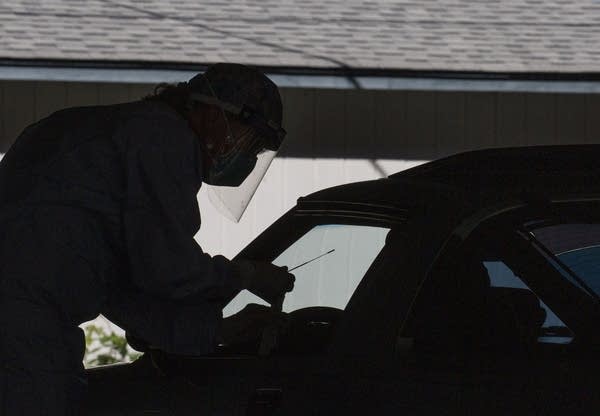Health workers worry fear, distrust complicate COVID-19 tracing in Minnesota’s communities of color

A nurse administers a nasal swab during a free drive-thru COVID-19 testing event at Incarnation-Sagrado Corazon Catholic Church in Minneapolis on Aug. 15. Spanish-speaking interpreters were on site to translate for community members.
Christine T. Nguyen | MPR News
Go Deeper.
Create an account or log in to save stories.
Like this?
Thanks for liking this story! We have added it to a list of your favorite stories.


